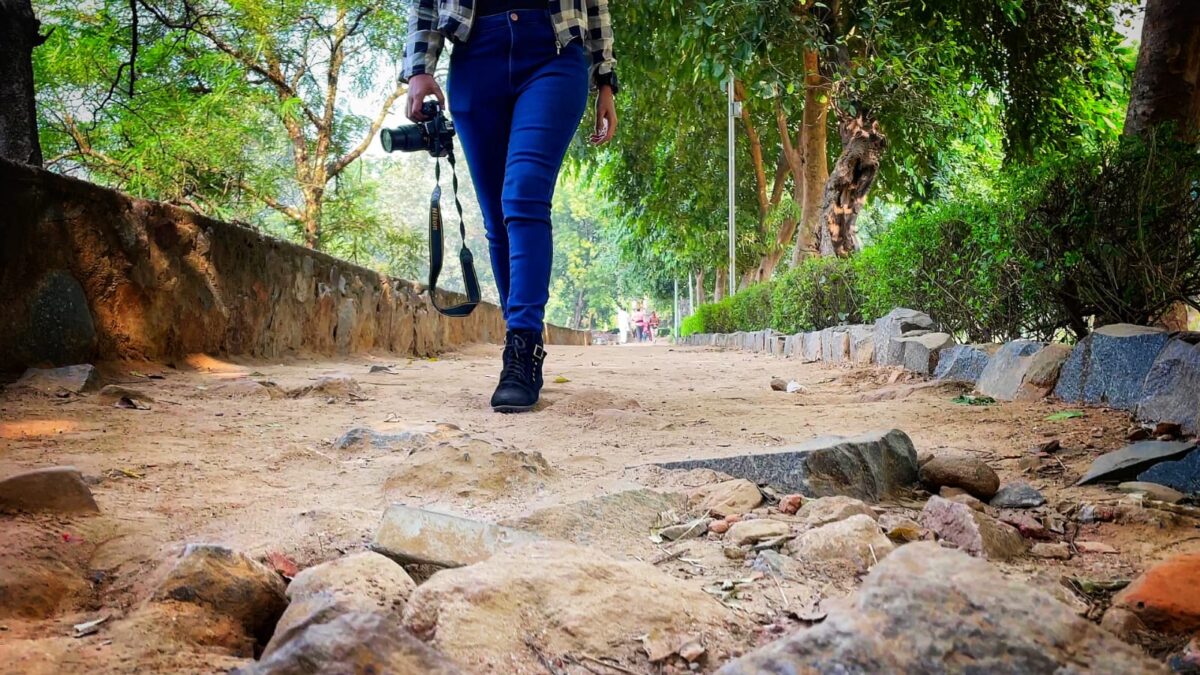India, a land rich in diverse cultures and heritage, is a popular destination for visitors enchanted by its historical monuments. While iconic landmarks like the Taj Mahal, Qutb Minar, and Hawa Mahal dominate tourist circuits, many equally magnificent monuments remain hidden from the public eye. As the saying goes, “What is born, is born to die,” and several historical treasures have faded into oblivion, leaving behind remnants of their once-glorious past.
In this blog, I will take you on a journey across India to explore 7 forgotten historical monuments now lying in ruins. While their current state may not be grand, their illustrious history will leave you in awe!
Quick Navigation
Toggle1. Basgo Monastery (Ladakh)

Driving through the Leh-Srinagar highway, you might spot the ruins of Basgo Monastery, a once-thriving capital of the Namgyal Dynasty in Ladakh. Basgo, with its strategic location between Kashmir and the Silk Route, gained prominence in the 15th century. Today, the site is home to crumbling structures—a fort, palace ruins, and three temples.
While efforts have been made to preserve the Chamba, Serzang, and Cham Chung temples, the fort itself lies in ruins. The Basgo fort complex, which once defended its people from Tibetan invasions, is now overrun with wild vegetation and broken walls. However, the legacy of its past remains evident in the site’s eerie yet magnificent ruins.
2. Musa Bagh (Lucknow)
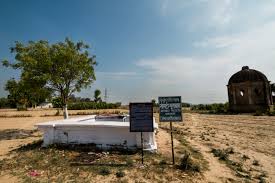
In the ‘City of Nawabs,’ Musa Bagh was once a stunning Kothi built during the reign of Nawab Saadat Ali Khan (1798-1814). The monument, inspired by French architecture, served as a country house with extensive gardens and grounds for hunting and entertainment. However, it became a symbol of rebellion during the Revolt of 1857.
Once the heart of a vibrant culture, Musa Bagh now lies forgotten. Its majestic gardens have withered, and the building itself has crumbled, serving as a reminder of the historical monuments in India that are slowly fading from public memory.
3. Shettihalli Rosary Church (Karnataka)
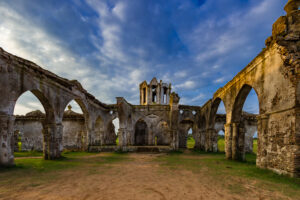
Known as the ‘floating church,’ the Shettihalli Rosary Church near Hassan, Karnataka, is a haunting relic of the past. Built by French missionaries in the 1860s, the church’s Gothic architecture stood tall until the construction of the Hemavati Dam in 1979 caused it to be partially submerged in water.
During the dry season, visitors can see the church’s beautiful ribbed vaults and arches, while in the monsoon, it becomes partially submerged, creating an ethereal, floating illusion. Despite its ruined state, the church attracts tourists year-round, mesmerized by its haunting beauty.
4. Zafar Mahal (Delhi)
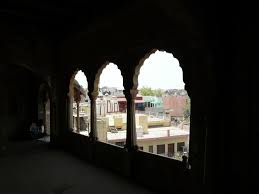
Once a grand structure in Mehrauli, Delhi, the Zafar Mahal was built by Akbar II and expanded by his son, Bahadur Shah Zafar, the last Mughal emperor. Known for its large gates and intricate designs, it served as a summer retreat for Mughal royalty. Bahadur Shah Zafar even wished to be buried here, but his wish remained unfulfilled.
Now, the Zafar Mahal lies in ruins, with its walls occupied by locals. Despite being declared a conservation site by the Indian National Trust for Art and Cultural Heritage (INTACH), the structure continues to deteriorate, a symbol of the Mughal Empire’s forgotten past.
5. Thotlakonda (Visakhapatnam)
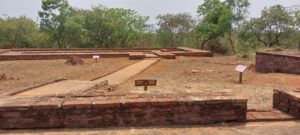
Perched on a hilltop near Visakhapatnam, Thotlakonda is an ancient Buddhist monastery that flourished between the 2nd century BCE and the 2nd century CE. This archaeological marvel was discovered during an aerial survey by the Indian Navy in the 20th century.
Once a hub for Buddhist monks and traders, Thotlakonda is now in ruins, with only remnants of its grandeur visible. Efforts are being made to get it recognized as a UNESCO World Heritage Site, but the site still awaits proper conservation.
6. Shahi Qila (Burhanpur)
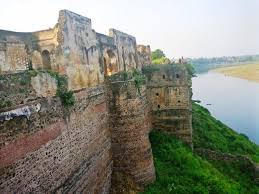
On the banks of the Tapti River lies the ruined Shahi Qila of Burhanpur, built by the Farooqi rulers and later expanded by the Mughals. This fort is also the place where Mumtaz Mahal, the inspiration for the Taj Mahal, passed away while giving birth to her 14th child.
Though much of the palace is now in ruins, remnants of its once-grand structures, such as the Diwan-i-Aam and the royal Hammam, still showcase the craftsmanship of the Mughal era.
check out this blog – 5 Hidden Historical Monuments in Mehrauli: Unveiling Delhi’s Forgotten Gems
7. Bhangarh Fort (Rajasthan)
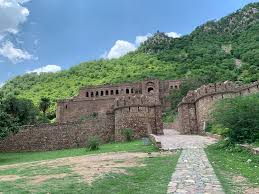
The fortified city of Bhangarh was actually a small city with temples, palaces, and a happy community, but it was all short-lived. Built in the 16th century by Raja Bhagwant Das for his younger son Madho Singh I, the city is now abandoned and is considered one of the eeriest places in India.
The city was once renowned for its beauty, and its never-ending prosperity is believed to be doomed on the curse of a local ascetic, Guru Balu Nath. The fort has several gates, and the complex is adorned with temples of various deities, the king’s palace, and marketplaces as well.
The entry into the complex is only allowed between sunrise and sunset, with a warning signboard placed outside the fort by the ASI, warning the visitors not to visit the complex after sunset.
It is the most common place to visit among thrill-seekers and history enthusiasts; however, its condition only reminds us of ‘what is born, is born to die.’ The never-ending prosperity and wealth of the Kingdom ended disastrously and pathetically.
Conclusion
These forgotten monuments, though overshadowed by their latest/famous counterparts, hold immense historical and architectural value. Though now in ruins, these monuments do not fail to showcase the architectural style and design pattern used in those times. While their present might not be too pleasing to the eyes, their past brings us in a state of shock for the immense values they hold in themselves.
These also act as a sign to humanity, reminding us that nothing is permanent in this universe, everything, including the wealth, and the power we humans fight for, even we ourselves are dynamic, volatile, and everchanging.

